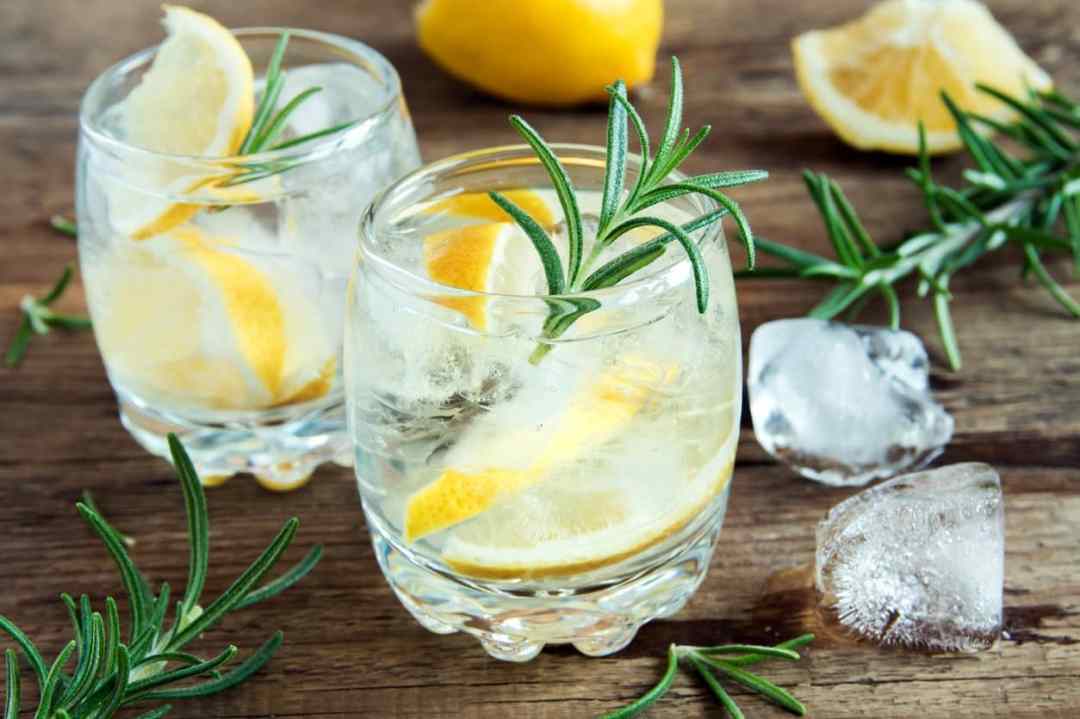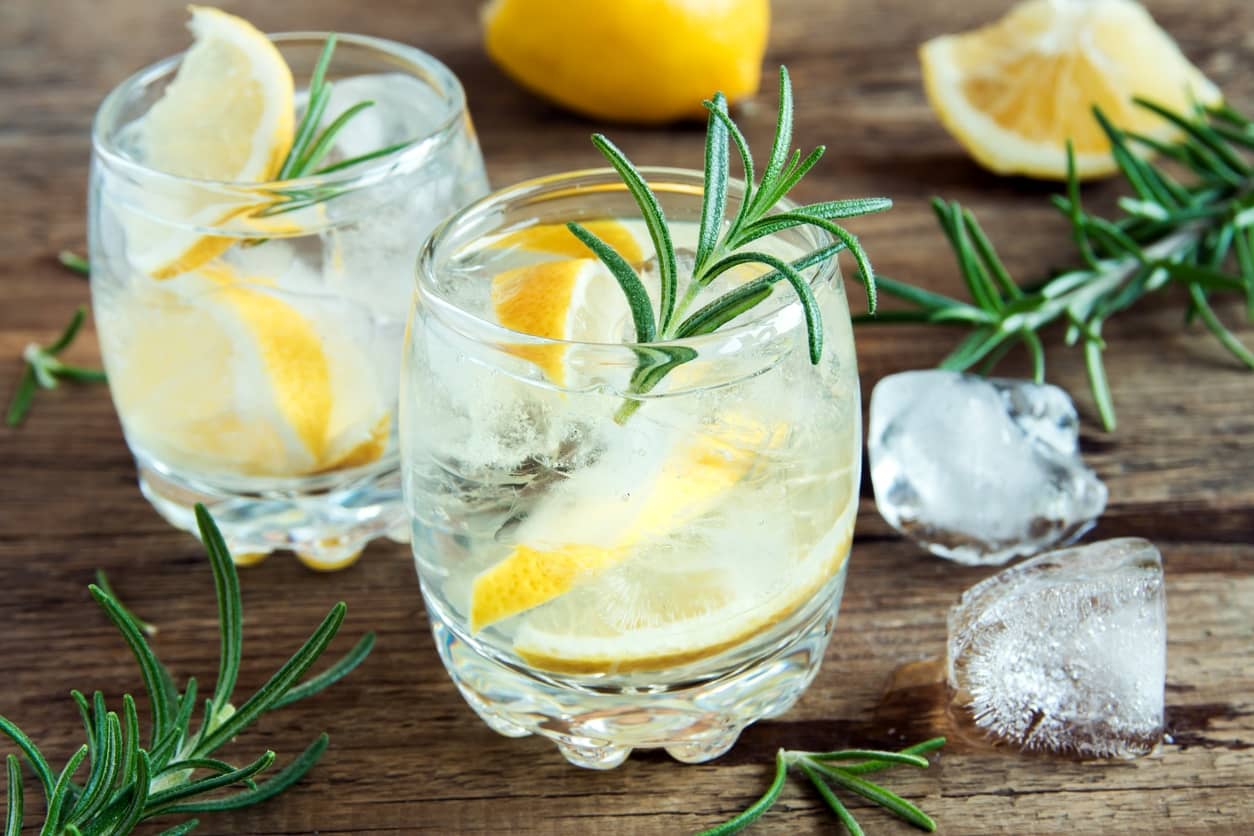Any avid gin drinker will know that botanicals are all the rage at the moment. From juniper to orange peel to lavender, the ingredients list on the backs of bottles are getting more elaborate by the day, and seemingly more exotic. But what may come as a surprise is the growing number of distillers who are sourcing all of their ingredients in Britain.
Tom Warner was one of the first distillers to incorporate homegrown botanicals into gin – a craze that has now taken off across the market.
As green-fingered geniuses unveil their glorious gardens at this year’s Chelsea Flower Show, the farmer and distiller will pour them a quintessential G & T, and he’ll be using his very own Warner’s Gin, while also distilling live, making his celebrated London Dry in the Jardin Blanc.
Warner has a strong association with the show, having presented a silver gilt medal-winning garden designed by Helen Elks-Smith in 2019, but this year the spirit takes centre stage.
As the gin category continues its resurgent march back into the home bar, simply adding a list of wacky ingredients to a label won’t cut the mustard with drinkers
As the gin category continues its resurgent march back into the home bar, simply adding a list of wacky ingredients to a label won’t cut the mustard with drinkers – particularly if you add mustard. Consumers now expect producers to tick sustainable boxes and provide explicable context for the cultivation and inclusion of their botanical choices.
Tom Warner was ahead of the curve on this and is so committed to his gin project he turned ten acres of his Northamptonshire livestock farm over to growing his own botanicals. With an initial focus on the native botanicals, the likes of Angelica root, lavender and lemon verbena have all foraged from the farm, and the wider ambition is to support the surrounding biodiversity and collect more ingredients locally, and sustainably.
‘My mum, Adèle, was an awesome gardener and cook and she grew a lot of plants for flavour in her gardens,’ says Warner. ‘In 2015, about a year after she died, I was stood in one of her gardens next to the distillery and realised we were not looking after it and it was still full of flavour. This was my field of dreams moment to build it. It was at this point I realised we needed to grow our own flavour.’
‘I believe we’ve been the blueprint for what craft gin is ever since. Right now, our horticulture for flavour requires two full time salaries, 120,000 plants, 750 trees, four years of my life, it’s taken some of my hair, made me older and now accounts for 10 acres of our farm, which will only grow over time.’
The Warner’s London Dry (£30, warnersdistillery.com) is becoming a benchmark for the style, fresh and bursting with flavour, placing juniper front and centre, it includes many botanicals foraged from the farm. As Warner points out, most gins require citrus peel, which a little trickier to cultivate in the UK, but by using discarded peels from a nearby fruit factory, the London Dry still retains sustainability credentials. The approach is working, and sales are booming for him.
So, just as is the case for those exhibiting at the Chelsea Flower Show, biodiversity and sustainability are buzz words in the wider world of gin. Juniper for example, has been historically shipped in from Europe but carbon footprint consideration has inspired new farming methods. Native juniper varieties thrive in the UK’s moorland or pine woodlands and since the botanical remains a key ingredient in gin and something that should remain ever present, it stands to reason other producers are harvesting from local sources.
Hepple Gin (£34.95 from whiskyexchange.com), produced at the Hepple Estate in Northumberland has launched a juniper propagation programme, supported by the National Park and Natural England. Every year the team plants out a few hundred seedlings that in due course will amplify the natural regeneration of juniper on the moorland.
As well as harnessing the local juniper, Hepple is made using cutting edge technological distillation techniques, with vacuum stills and carbon dioxide extraction processes delivering a juniper and citrus-forward spirit.
In the Peak District, Karl and Lindsay Bond have grasped trowels and donned knee pads to create Forest Gin (£49.50, masterofmalt.com). Gathering Peak District moss and ferns, flowers, spruce and pine from the Macclesfield Forest, they crush with pestle and mortar and add wild Bilberries, raspberries and blackberries along with organic juniper.
The worm has indeed turned in the organic soil for gin, and more is coming. Enthusiasts wait with baited breath and salivating mouths for creations from Howl & Loer distillery (https://howlandloer.com/) later this year. A combination of distiller and ecological gardener in Cornwall, the pair are also looking in their own back yard for flavours. Granted it’s a massive backyard, but the gin promises to be incredible.
So gin is coming up roses, and even with them.







Comments